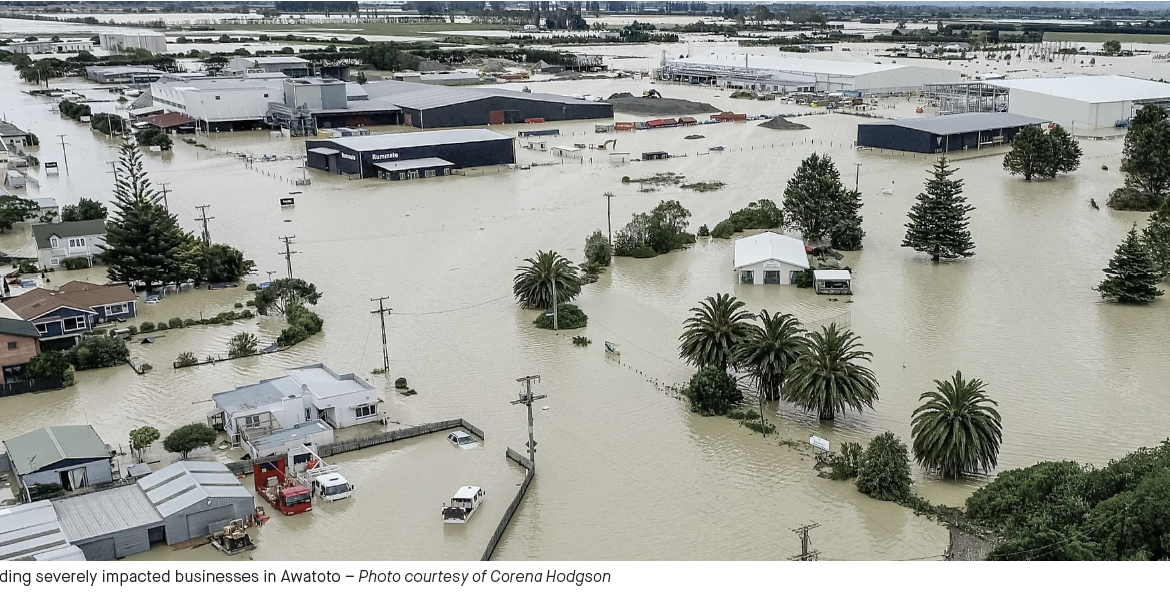Cabinet has agreed to engage on a proposal for a temporary change to legislation under the Severe Weather Emergency Recovery Legislation Act 2023 (SWERLA), which would speed up the delivery of flood protection work across Hawke’s Bay.
On the back of Cyclone Gabrielle, Hawke’s Bay Regional Council has earmarked seven areas where new flood infrastructure would see category 2A and 2C properties reclassified to Category 1 and one area where new flood infrastructure would protect an industrial area as well as Napier’s wastewater treatment plant. These areas are Wairoa, Whirinaki, Waiohiki, Ohiti Road/Omāhu, Pākōwhai, Havelock North, Pōrangahau and Awatoto.
Since the cyclone and other severe weather events in early 2023, laws have been changed on a range of issues to help recovery efforts across affected regions. The mechanism being used to do this, which is what is being proposed in this instance, is a piece of secondary legislation called an Order in Council (OiC).
Hawke’s Bay Regional Council Chair, Hinewai Ormsby welcomed the decision by cabinet, saying the order would provide a streamlined process for the multiple resource consent applications that would inevitably be required before construction of any planned flood infrastructure could begin.
“This will play an important role in enabling work to start sooner and progress to be kept on track, whilst ensuring the usual protective measures of cultural and environmental impact assessments will not be compromised.
“Ultimately we want to be able to provide certainty for our Category 2 property owners that they have a pathway to Category 1 and this is reliant on consent for new flood infrastructure works in these areas.”
She said whilst Council acknowledges each Category 2 community is at a different stage in the process, the reality is that regardless of the preferred solution there will be resource consents required to undertake the work.
“In Wairoa and Pōrangahau, we are still working through options with those communities at this point, but it is reassuring to know when we get to the consent stage we will be able to move through this process efficiently.”
The Ministry for the Environment (MfE), on behalf of central Government, is running a public engagement on the proposal which finishes on 18 March. Details of this engagement are available on the Ministry for the Environment website.


